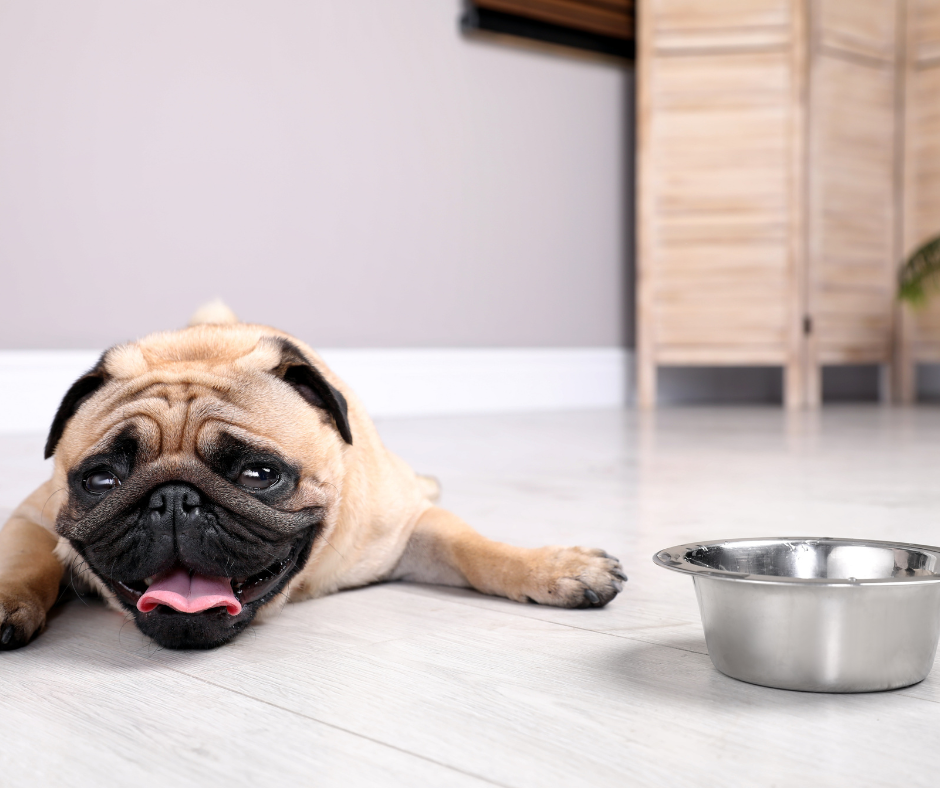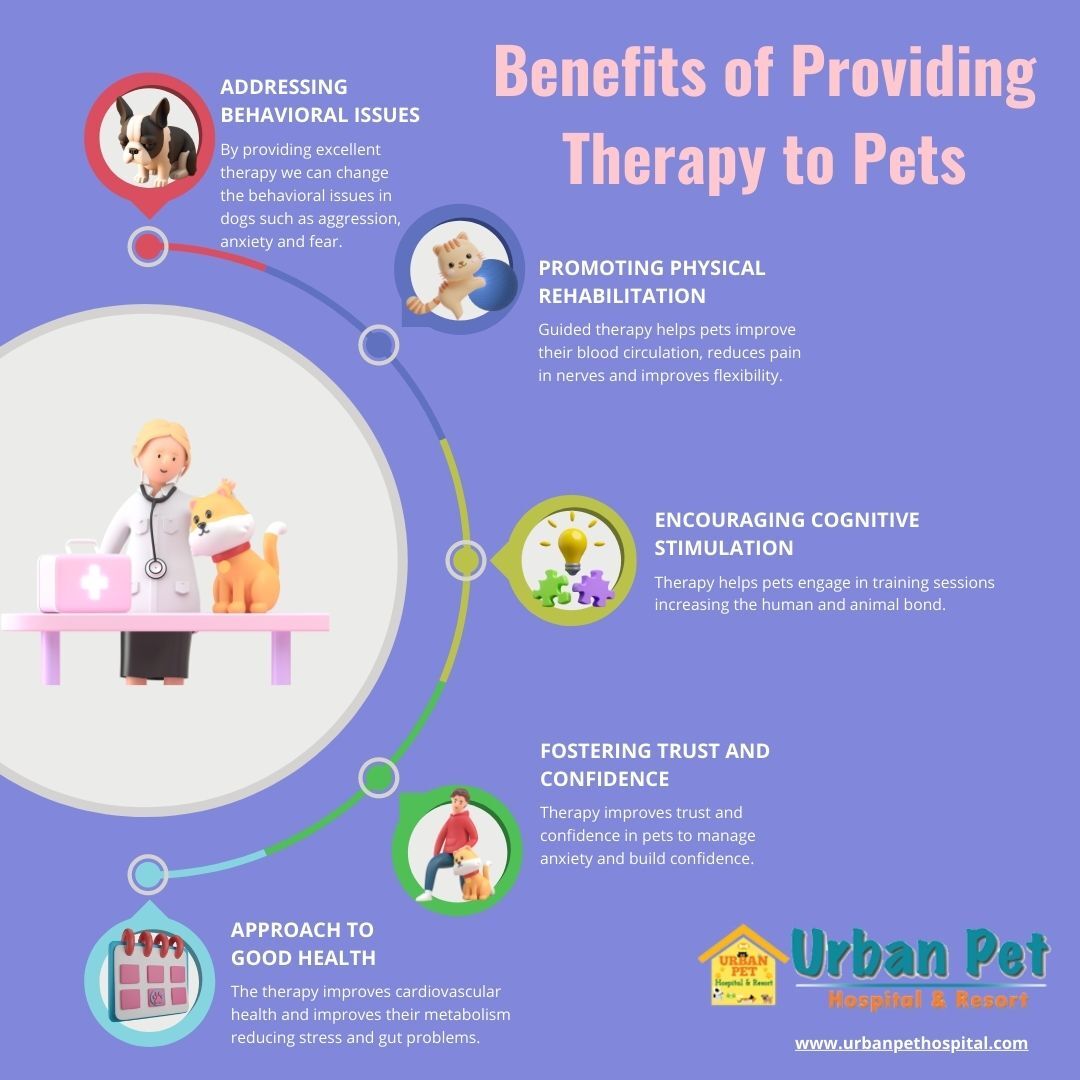With the onset of summer, it is crucial to be aware of the potential signs of overheating in dogs: They are susceptible to heat-related illnesses and can suffer from heatstroke, which can be life-threatening.
The primary signs of overheating include heavy panting, excessive drooling, red or pale gums, weakness, and fatigue, followed by severe symptoms like vomiting or diarrhea, rapid heart, glazed eyes, and loss of consciousness.
Read on to find out how to identify and when to intervene to rescue your dog.

How Fatal is Overheating in Dogs?
Overheating results in heatstroke, a severe and potentially fatal illness in dogs.
As a dog’s temperature rises, blood rushes to the tongue, gums, and membrane surfaces to help in heat transfer.
About 1 out of 7 dogs suffering from heatstroke die during treatment, making it a serious condition.
Risk of Overheating for Different Breeds
Every dog is different, and their tolerance to heat can differ based on age, health, and individual traits.
However, some dog breeds are more susceptible to overheating due to their physical characteristics, coat type, and respiratory features.
- Brachycephalic Breeds: Brachycephalic breeds have flat, shortened skulls, which can obstruct their airways, making it harder for them to cool down through panting. Examples include Bulldogs, Pugs, Boxers, and Shih Tzus.
- Double-Coated Breeds: Dogs with thick double coats, designed to insulate against cold weather, may struggle in hot climates. Breeds like Huskies, Chow Chows, and Saint Bernards fall into this category.
- Heavy-Built Breeds: Larger and heavier dogs tend to generate more internal heat. Breeds like Newfoundlands, Bernese Mountain Dogs, and Mastiffs are examples of heavy-built breeds.
- Short-Nosed Breeds: Dogs with short noses have limited airflow, making it difficult to cool down effectively. French Bulldogs, Boston Terriers, and English Bulldogs are a few examples.
- Senior Dogs: Older dogs have reduced body function than adult dogs. Therefore, their low heat tolerance capacity makes them more susceptible to heat-related issues.
- Dogs with Respiratory Problems: Dogs with pre-existing respiratory conditions, such as Collapsing Trachea or laryngeal paralysis, are at a higher risk of overheating.
- Obese Dogs: Overweight dogs have a higher risk of overheating due to increased insulation and reduced ability to dissipate heat.
- Dogs with Dark Coats: Dark-colored coats absorb more heat from the sun, potentially leading to overheating.
Signs of Overheating in Dogs
Panting, excessive salivation, bright-red membranes, and rapid breathing strongly indicate that your dog is overheating.
The unmet oxygen demand may lead it to gulp for air, saliva thickens, and lips turn grey or purple.
It may quickly experience a multi-organ failure and impending death if its temperature exceeds 106°F.
As the dehydration gets more severe, the dog may have seizures, become unconscious, and die.
It takes only 15-30 minutes to develop heatstroke and an hour to occur death.
Here are some signs to look out for if you suspect your dog is suffering from overheating.
- Heavy Panting: Dogs regulate their body temperature through panting. If your dog is excessively panting and unable to calm down, it may be a sign of overheating.
- Excessive Drooling: Overheating can cause dogs to drool more than usual. The drool may be thick and ropey in texture, indicating their body is attempting to cool down.
- Red or Pale Gums: Bright red or pale gums may signify heat stress. The dog’s gums should be light red or healthy pink.
- Weakness and Fatigue: Dogs suffering from heat exhaustion often become lethargic and cannot stand properly. They may seem uninterested in their surroundings and hesitant to engage in physical activities they typically enjoy.
- Vomiting or Diarrhea: Heatstroke can cause gastrointestinal problems in dogs, resulting in vomiting and diarrhea. These symptoms can soon lead to dehydration, worsening the scenario of overheating.
- Rapid Heart Rate: An overheated dog may have an increased heart rate and rapid breathing to cope with the rising body temperature.
- Glazed Eyes: High body temperature can affect the blood vessels, causing dilated pupils. As a result, the eyes may appear unfocused.
- Loss of Consciousness: In severe cases of overheating, dogs may collapse or lose consciousness. It is the final stage of overheating and requires immediate medical attention.
Immediate Action to Treat Overheating
If you feel your dog is suffering from heatstroke, you must act quickly to cool them down and give first aid.
Here are some proven actions you can take.
- Move your dog to a cooler area, away from direct heat and sunlight.
- Offer your dog cool, fresh water and encourage them to stay hydrated.
- Apply wet towels soaked in cool water on their head, neck, and underarms to lower their body temperature.
- Use a fan or air circulation to aid in cooling and facilitate evaporation.
- Spray your dog’s body with cool water to promote heat dissipation through evaporation.
- Wet your dog’s paw pads with cool water to help regulate body temperature.
- Monitor your dog’s body temperature with a rectal thermometer, where the normal temperature should be between 100.5°F to 102.5°F.
- Allow your dog to pant naturally, as it’s their primary cooling mechanism.
- Avoid submerging your dog in ice-cold water because it can cause shock.
- Contact a veterinarian immediately for professional care.
Heatstroke due to overheating can progress rapidly and be life-threatening. So, first aid treatment should not delay seeking professional veterinary care.
Even if your dog seems to recover, it is essential to have them examined by a veterinarian to ensure there are no underlying health issues or complications from the heatstroke.
Proven Tips to Keep Your Dog Cool in Summer
The survival rate of dogs suffering from heatstroke is 50%, but do not lose hope yet.
Take the following precautions to prevent your dog from overheating during hot summer days.
- Keep Your Dog Hydrated: Always give your dog access to fresh and clean water. Remember to carry a portable water bowl when you go outside and offer water frequently, especially after physical activity.
- Provide Shade: Make a shady area for your pup to escape the heat. Whether at home or out for a walk, ensure your dog has enough shade to rest in. Avoiding leaving them in direct sunlight for extended periods will be helpful.
- Limit Outdoor Activities: Avoid exercising or taking your dog for walks during the hottest time of the day. Early mornings and late evenings are more suitable for outdoor activities when temperatures are cooler. Try to walk or exercise your dog during those times.
- Do not Leave Your Dog in a Parked Car: Never leave your dog in a parked car, even with open windows. The temperature inside a car can skyrocket within minutes, resulting in life-threatening heatstroke.
- Avoid Hot Surfaces: Pavement, asphalt, and sand can become extremely hot in the summer sun, causing your dog’s paw pads to burn. Choosing grassy places to walk on or getting your pet protective boots will be helpful.
- Use Cooling Products and Techniques: Consider using cooling products, such as cooling vests, mats, or bandanas, to help regulate your dog’s body temperature. You can also wet a towel with cool water and place it over them to provide relief.
- Air Conditioning and Fans: Keep your home cool with air conditioning or fans to provide a comfortable environment for your pet.
- Maintain Appetite: Overheated dogs may lose their appetite. Pet owners should focus extra on their dogs’ eating habits and provide balanced nutrition in hot months.
- Prevent Skin Irritations: Heat and humidity can lead to skin irritations and hot spots in dogs. Skin-soothing medications and itch relief sprays can reduce the risk of these uncomfortable skin conditions.
For more information check this infographics out.

Conclusion:
As the temperature rises, remaining attentive to your dog’s well-being is crucial.
However, recognizing the signs of overheating in dogs and taking preventative measures cannot always be helpful.
Therefore, immediately seeking help from a certified veterinarian will be best because heatstroke can be life-threatening.
Contact Urban Pet Hospital, the best pet hospital in Des Moines, to safeguard your pup during the hot summer.